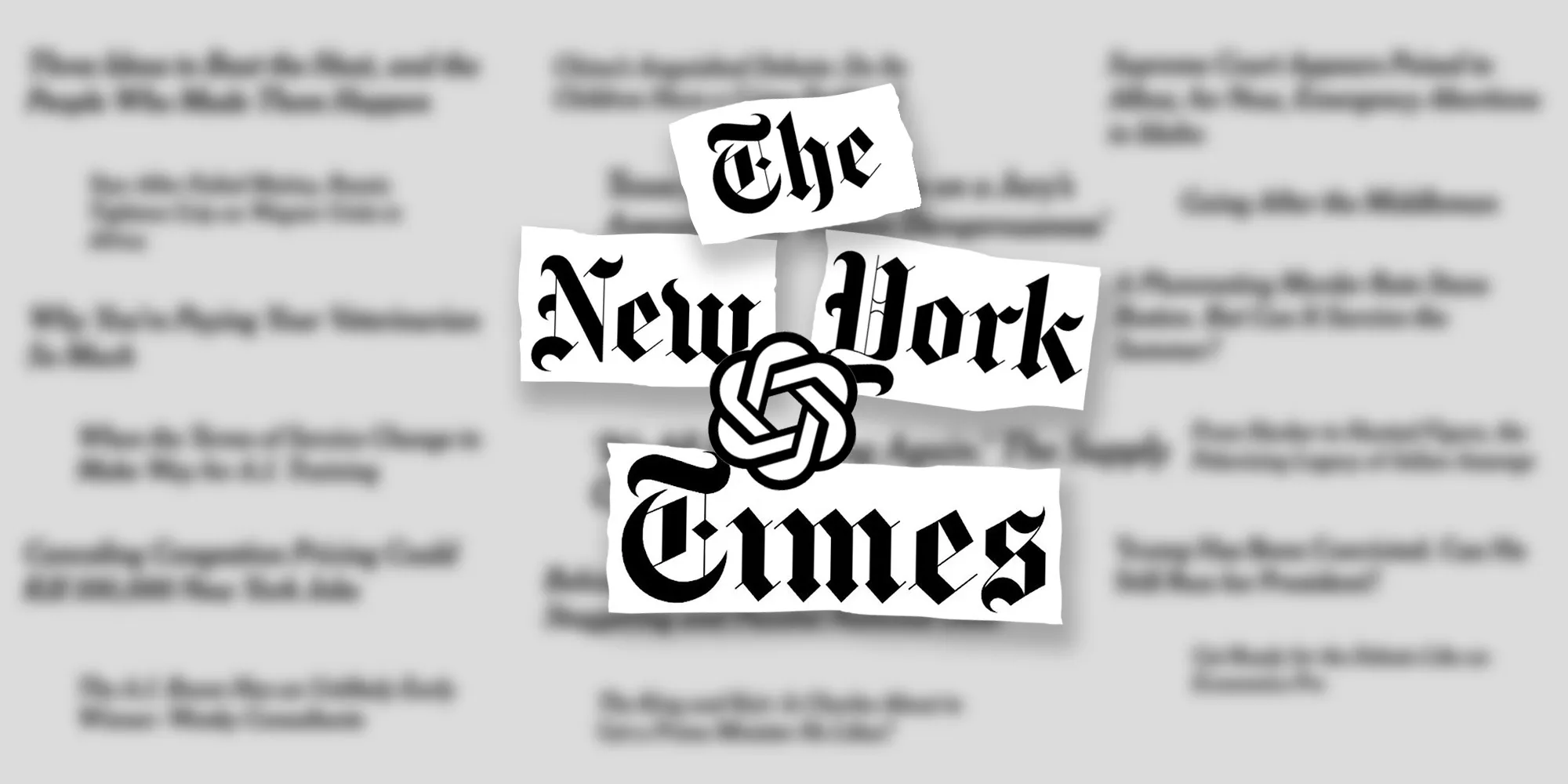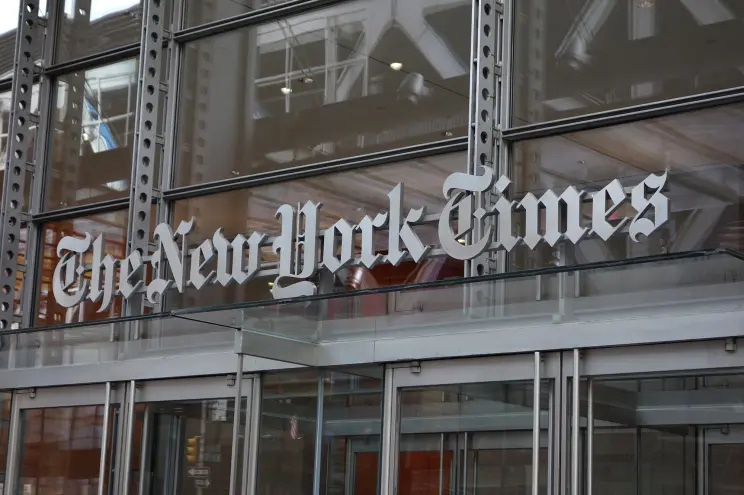The New York Times has long stood as America’s newspaper of record NYT, but with that prestigious position comes the weight of making difficult editorial decisions that can reshape public discourse and challenge government authority. From the groundbreaking Pentagon Papers to modern digital-age controversies, the NYT has consistently found itself at the center of debates about press freedom, national security, and the public’s right to know.
The Pentagon Papers: A Defining Moment for Press Freedom
In 1971, the NYT made perhaps its most consequential publishing decision when it chose to publish excerpts from a classified Defense Department study later known as the Pentagon Papers. This 7,000-page document revealed decades of government deception regarding the Vietnam War, exposing how multiple administrations had misled the American public about the conflict’s progress and prospects.
The decision to publish came after months of internal debate at the NYT. Editor-in-chief A.M. Rosenthal, publisher Arthur Ochs Sulzberger, and the editorial team weighed the potential legal consequences against their journalistic duty to inform the public. When the Nixon administration obtained a federal injunction to stop publication, the NYT became embroiled in a landmark Supreme Court case that would define press freedom for generations.
The Supreme Court’s decision in New York Times Co. v. United States established the principle of prior restraint, ruling that the government cannot prevent publication of classified information unless it poses a clear and present danger to national security. This victory solidified the NYT’s reputation as a fearless defender of press freedom and set a precedent that continues to protect investigative journalism today.
Warrantless Wiretapping: Challenging the Bush Administration

In December 2005, the NYT published a story that would once again put it in direct conflict with the federal government. Reporters James Risen and Eric Lichtblau revealed the existence of a secret NSA program that conducted warrantless surveillance of American citizens’ communications. The Bush administration had pressured the NYT to withhold the story for over a year, citing national security concerns.
Executive Editor Bill Keller ultimately decided to publish, arguing that the public had a right to know about potentially illegal government surveillance. The revelation sparked intense debate about civil liberties in the post-9/11 era and contributed to congressional oversight of intelligence programs. Critics accused the NYT of endangering national security, while supporters praised the newspaper for exposing potential constitutional violations.
This decision demonstrated how the NYT continued to grapple with the same fundamental questions that arose during the Pentagon Papers era: when does the public’s right to know outweigh national security concerns?
The WikiLeaks Dilemma: Digital Age Challenges
The 2010 release of classified diplomatic cables through WikiLeaks presented the NYT with a new type of publishing challenge. Unlike traditional leaks from government sources, WikiLeaks offered a massive trove of documents obtained through digital means. The NYT partnered with The Guardian, Der Spiegel, Le Monde, and El País to analyze and publish selected cables while attempting to protect sensitive information that could endanger lives.
Editor Bill Keller defended the decision to publish, emphasizing that the NYT carefully redacted names and details that could compromise ongoing operations or put individuals at risk. However, critics argued that any publication of the cables aided America’s enemies and damaged diplomatic relationships worldwide.
The WikiLeaks controversy highlighted how digital technology was changing the landscape of classified information sharing and forcing news organizations to develop new ethical frameworks for handling massive data dumps.
Edward Snowden Revelations: The NSA Files
When Edward Snowden leaked classified NSA documents in 2013, the NYT found itself initially sidelined as The Guardian and The Washington Post broke the first stories. However, the newspaper soon became actively involved in reporting on the surveillance programs revealed in Snowden’s documents.
The NYT’s coverage of NSA domestic surveillance programs reignited debates about government overreach and privacy rights. The newspaper’s decision to continue publishing stories based on Snowden’s revelations, despite government pressure to cease, demonstrated its ongoing commitment to transparency and accountability journalism.
These revelations led to significant policy changes, including reforms to NSA surveillance programs and increased oversight of intelligence activities, validating the NYT’s decision to prioritize public interest over government preferences.
Trump-Era Tensions: Tax Returns and Anonymous Op-Eds

The presidency of Donald Trump created numerous controversial publishing decisions for the NYT. In 2020, the newspaper published detailed information about Trump’s tax returns, revealing years of financial losses and minimal tax payments. The decision to publish came after extensive legal review and represented a significant moment in presidential transparency.
Perhaps even more controversial was the NYT’s 2018 decision to publish an anonymous op-ed from a senior Trump administration official claiming to be part of a “resistance” within the government. The decision sparked intense debate about journalistic ethics, with critics arguing that anonymous opinion pieces lacked accountability while supporters claimed it provided crucial insight into government dysfunction.
The Caliphate Podcast Retraction: Learning from Mistakes
Not all of the NYT’s controversial decisions have been vindicated by history. In 2020, the newspaper was forced to retract significant portions of its award-winning podcast “Caliphate” after questions arose about the credibility of a key source. The retraction demonstrated that even prestigious news organizations must remain vigilant about verification and accountability.
This incident showed how the NYT’s commitment to accuracy sometimes requires admitting mistakes and correcting the record, even when it means retracting celebrated work.
Impact on American Journalism and Democracy
The NYT’s controversial publishing decisions have collectively shaped the boundaries of press freedom in America. Each decision has contributed to ongoing debates about the role of journalism in a democratic society and the balance between transparency and security.
These decisions have also influenced how other news organizations approach sensitive stories, creating industry standards for handling classified information and protecting sources while serving the public interest.
The newspaper’s willingness to challenge government authority, even at significant legal and financial risk, has helped preserve the independence of American journalism and ensured that powerful institutions remain accountable to the public they serve.
Conclusion
From the Pentagon Papers to modern digital-age controversies, the NYT has consistently demonstrated that great journalism requires courage to make difficult decisions. While not every choice has been universally acclaimed, the newspaper’s commitment to transparency and public accountability has helped define the role of a free press in American democracy.
As new challenges emerge in an increasingly complex media landscape, the NYT’s history of controversial publishing decisions provides a framework for understanding how journalism can serve democracy while navigating the competing demands of national security, privacy, and the public’s right to know.
(FAQs) About NYT
Q1 What were the Pentagon Papers and why were they so controversial?
The Pentagon Papers were classified Defense Department documents that revealed government deception about the Vietnam War. The NYT’s decision to publish them in 1971 was controversial because it challenged government secrecy and led to a landmark Supreme Court case establishing press freedom protections against prior restraint.
Q2 How does the NYT decide whether to publish classified information?
The NYT follows rigorous editorial processes that weigh public interest against potential harm. Decisions involve senior editors, legal counsel, and sometimes consultation with government officials. The newspaper typically redacts information that could endanger lives or ongoing operations while preserving the core public interest elements of stories.
Q3 What was the significance of the NYT’s warrantless wiretapping story?
The 2005 revelation of NSA warrantless surveillance sparked national debate about civil liberties and government overreach in the post-9/11 era. The story contributed to congressional oversight of intelligence programs and demonstrated the press’s role in exposing potentially unconstitutional government activities.
Q4 How did the WikiLeaks controversy change journalism?
WikiLeaks introduced new challenges around handling massive digital document dumps and raised questions about traditional source relationships. News organizations had to develop new protocols for verifying, analyzing, and responsibly publishing large-scale leaked materials while protecting sensitive information.
Q5 What lessons can be learned from the NYT’s controversial publishing decisions?
These decisions demonstrate the importance of rigorous editorial processes, legal review, and commitment to public interest journalism. They also show that mistakes can happen (as with the Caliphate retraction) and that accountability requires transparency about errors. Most importantly, they illustrate how press freedom requires courage to challenge authority when serving the public interest.




